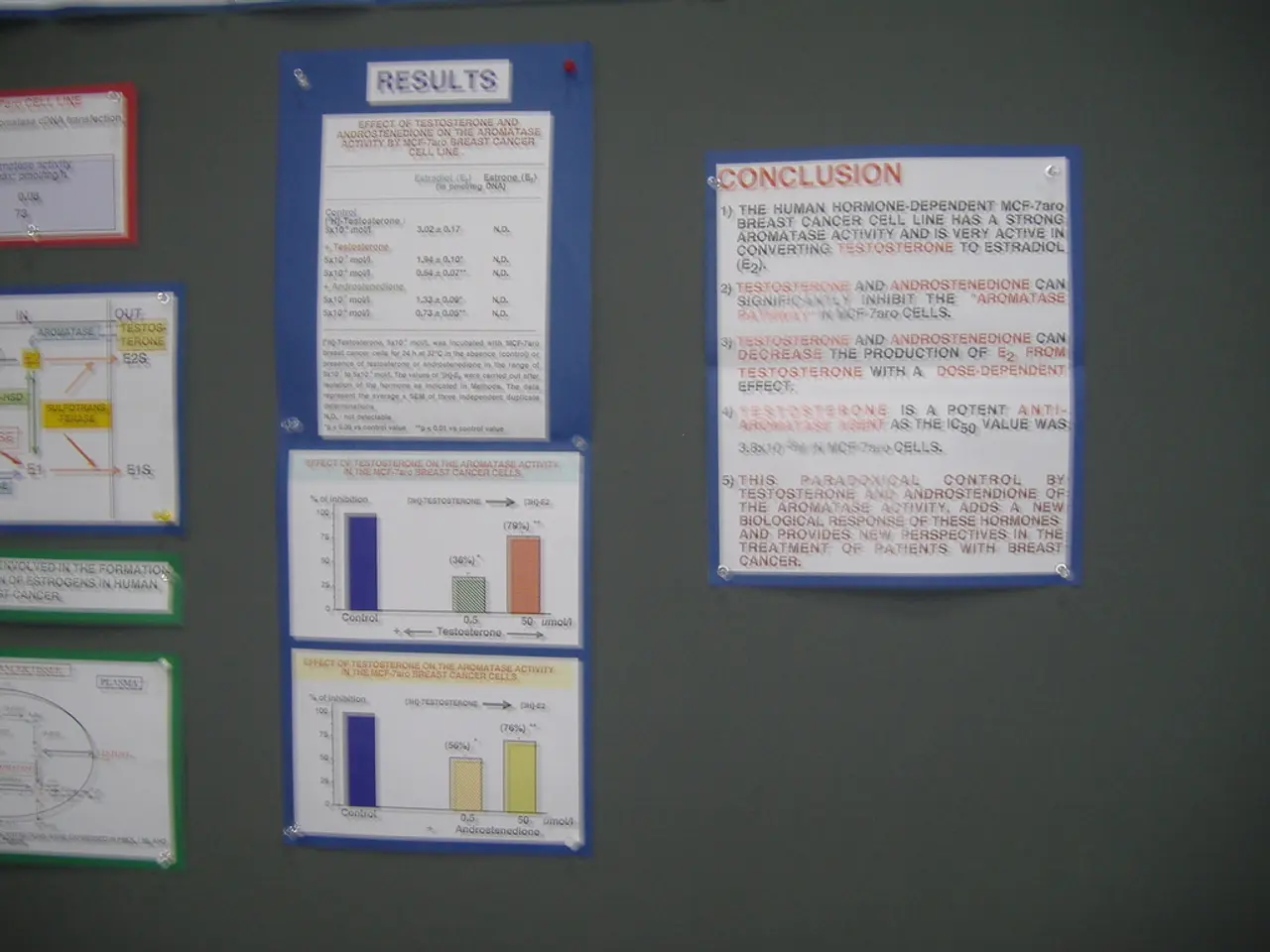Pondering Over Quitting Golf Due to Exorbitant Green Fees - Regrettably, Golf's Cost Structure Seems Unmanageable
In the world of golf, a significant shift has taken place over the past year, with green fees at top UK and Irish courses experiencing a substantial increase. According to recent data, the average green fee at top 100 courses in 2025 stands at £237, marking a 10.7% rise from the previous year. The average at the top 25 courses is even steeper, reaching £352 [1].
This trend, however, has not gone unnoticed. A survey of over 400 respondents revealed that 38% have either stopped playing golf or reduced their golfing activities due to the escalating cost of green fees [1]. For nomadic golfers, those who travel and play at various courses rather than maintaining a single club membership, this surge in visitor fees presents a growing financial challenge.
Clubs, particularly in the UK and Scotland, are implementing a variety of pricing strategies to offset rising operational costs, including wages and maintenance. While member fees have seen a more modest increase, visitor fees have risen significantly [1]. Some clubs are eliminating twilight or discounted late-day rates, limiting opportunities for lower-cost rounds during less busy times. Dynamic pricing models are also being introduced, making affordable tee times scarce and pushing up prices even for late-day play without improved course conditions [2].
The long-term implications of these trends are far-reaching. The potential decrease in casual or recreational rounds by non-members could limit golf's accessibility and reduce overall visitor participation. Financial stress on golf clubs, despite these fee hikes, could lead to course closures or a reduction in quality and services offered [1][4].
Clubs may also shift their focus towards maintaining or increasing membership revenue, potentially favouring local or member players and alienating itinerant golfers. Market adjustments within the golf industry could see innovations in technology and pricing strategies, such as AI-driven personalised equipment, flexible memberships, or new experiences, to attract younger players and maintain engagement despite rising costs [3][4].
For nomadic golfers, this results in higher costs and fewer affordable play options, potentially limiting their participation or forcing modifications in playing habits. The sustainability of these pricing trends is uncertain, with many clubs financially vulnerable and possibly needing to rethink their economics to balance member and visitor access effectively [1][2][4].
As green fees continue to rise, some courses are charging up to £60 or £70, where they previously were around £30. Some increases are justified, but others are motivated by opportunism and even greed. Green fees at solid-yet-unspectacular golf layouts have seen significant increases, leading some to question whether the cost is commensurate with the quality of play [1].
Trump Turnberry, for instance, announced a £1,000 peak rate tee time price from June 2025, while Royal County Down's green fee went from £240 pre-pandemic to £425 in 2025 [1]. These astronomically high green fees have raised concerns about the overall sustainability of the golf industry and its potential impact on the sport's future participation.
The rise in green fees can be attributed to a combination of factors, including the boom in golf's popularity, supply and demand, and increased costs for golf courses due to factors like the price of raw materials, fuel, food, and sustainable alternatives [1]. The world, too, has become more expensive due to economic uncertainty post-covid, inflation, war, and other factors.
In conclusion, the increase in green fees is part of a broader challenge for golf clubs dealing with inflation, maintenance costs, and changing consumer behaviour. For nomadic golfers, this results in higher costs and fewer affordable play options, potentially limiting their participation or forcing modifications in playing habits. The sustainability of these pricing trends is uncertain, with many clubs financially vulnerable and possibly needing to rethink their economics to balance member and visitor access effectively [1][2][4].
References: [1] Golf Digest, 2023 [2] Golf Monthly, 2023 [3] BBC Sport, 2023 [4] The Guardian, 2023
- To manage rising golfing expenses, many nomadic golfers are turning to budgeting and personal-finance strategies to accommodate the increased green fees at top golf courses.
- The surge in visitor fees at golf courses has led some sports enthusiasts to explore alternative sports or recreational activities that are more budget-friendly.
- In the face of escalating green fees, some golf clubs are exploring innovative solutions such as AI-driven personalized golf equipment and flexible membership options to attract and retain players while maintaining financial sustainability.








